How Clothing Became a Marketing Medium
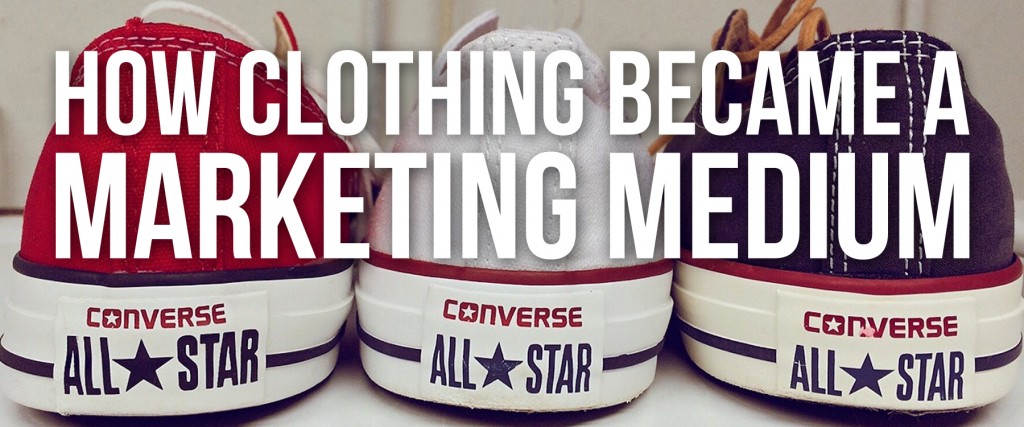
Clothing is no longer just a way to cover our bodies. It has become a reflection of who we are, expressing our individuality and our interests. Not content with just matching colors, we want to show others our likes and dislikes. We want to evoke a reaction in others, and we want to be associated with a certain feeling or activity inherent with wearing a certain brand. We still value quality, but that is not enough.
We want the “vibe” associated with certain brands. This desire is reflected in the brands we wear, and marketers are taking advantage of it. Jeans for outdoor activities (hiking, skateboarding); shirts for sports or casual affairs— brands are manipulating themselves to fit these consumer-demanded molds. With this desire comes a payoff for both brands and marketers alike. Clothing is now not just a source of revenue for companies, it’s also a source of “free” marketing for them.
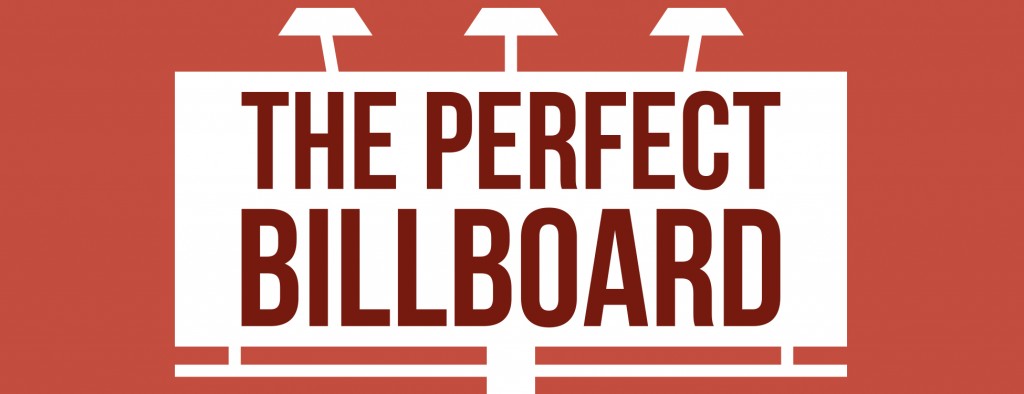
The Perfect Billboard
Somewhere along the way, a marketing professional put two and two together and got a bright idea: Let’s put our brand on clothing and make wearing our brand fashionable so thousands will pay money to wear it. How can we turn our brand into a walking billboard that does not require a TV or internet connection? All it requires is a garment that fits and appeals to consumers.
Nonprofithub.com observes: “Having other people wear clothing or use branded-merchandise is a simple and effective way to advertise your organization. In fact, most of the time people will pay you to wear your nonprofit’s name on their body. It’s the same strategy employed by Nike, Ralph Lauren and countless other clothing manufacturers. For some people, it is not that they are just wearing a quality clothing product. They want to be associated with the brand name on the clothing.”
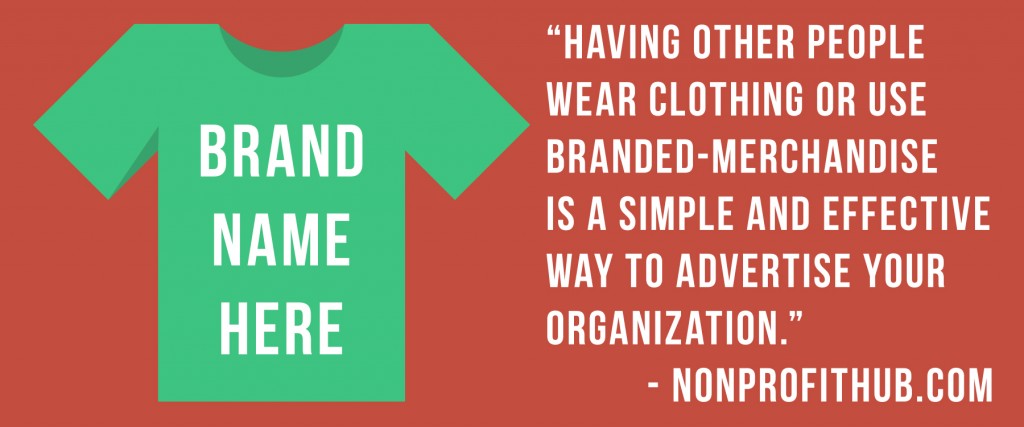
Clothing, unlike TV commercials, doesn’t need a time slot or a TV. Anyone can wear the clothing in almost any location. The consumer pays YOU to wear it and advertise FOR you. It’s a much lower-cost way to get your brand out there, and it pays off rain or shine, inside or outside, night or day. Clothing is used by all ages, all socioeconomic groups, every day. With clothing doing the marketing, a captive audience is not necessary. The marketing moves with the wearer.
According to tshirtprinters.com, “Marketing your printed t-shirt or branded clothing to a chosen group and trusting them to advertise for you as a living advertisement is extra marketing you would have never gotten. It costs less than some other methods. Why spend money over the top with commercials when you can have it live-action?”
And thus, marketing with clothing was born, and a multi-billion dollar industry began.
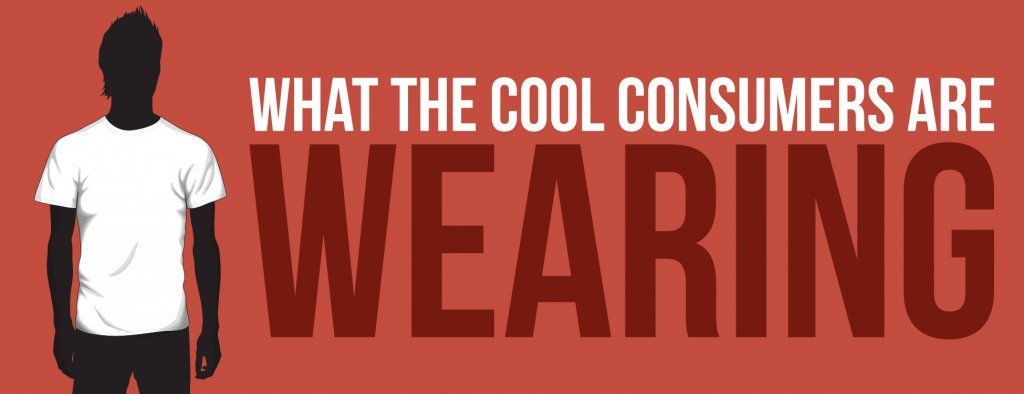
What the Cool Consumers Are Wearing
Ralph Lauren (Polo) and Nike have been mentioned. Other names are Under Armour, Hurley, DC Shoes, Quicksilver, Vans, Adidas. Chances are you own or know someone who owns an article of clothing from these companies. And odds are that this clothing also has a symbol and/or a brand name on it, letting you and others know what company created it. You or the other person have just paid to be a marketing tool for that brand.
Clothing is a status symbol in almost every socioeconomic group, and certain brands are considered to be representative of this status. These brands have attached themselves to a feeling or a movement or a hobby or, simply, a fad.

Brands that latch on to the latter tend to be relegated to trivia answers down the road, but the few that survive fad after fad (Nike, Polo, etc.) are the lucky ones. They transcend a time period not because their brand is that powerful but because they adapt and reinvent themselves periodically.

Expand Your Toolbox
Branded clothing is now a major marketing tool. Nike started out as running shoes; now they are as famous (if not more so) for their clothing, featuring their “swoosh” symbol. How did this come about? Nike is, perhaps, the most famous example of selling the sizzle, not the steak. In other words, Nike sells a lifestyle, one that benefits from wearing their products. The products are important, yes, but the feeling behind them is what draws consumers.
Coschedule.com notes: “The Nike marketing strategy that most of us recognize isn’t the one that made them famous, at least not in the early days. Discovering the Nike marketing strategy that put them on the map is where the gold is. Furthermore, just like any true content marketing strategy, it isn’t really much of a “strategy” at all. Like many similar success stories, it was as simple as providing real customer value.” Nike customers find “value” in wearing Nike products because they tell a story beyond the actual product.
Here is a testimonial, via Tshirtprinters, that illustrates the power of using clothing as a marketing tool: “As a student in Cape Town, South Africa, I have witnessed the colossal impact of branded t-shirts as advertising ideas. I remember attending a career exhibition in my fourth year of university and how I was immediately drawn to the companies and groups who were wearing branded shirts and who looked great in them as a group.”
Tshirtprinters continues: “I realized that this was the benefit of branding a t-shirt and gifting or marketing it to a certain focus group or employees. It was about the company and it was a solution to a marketing question which delivered great benefits. The benefit of having clients and employees being constant promoters.”
Sales-management-slides.com notes that yet another marketing strategy of Nike is to give style to their product objective or purpose by associating triumph with the apparel. They continue: “For instance, when a superstar athlete sponsors a particular brand of sports shoes, the shoes will be related with victory. It has psychological effect to the viewers and this is reinforced with promotions which affirm this point.”
The association with desirable results and goals is a powerful marketing tool, and clothing provides a limitless canvas on which to paint your brand’s story and its value.
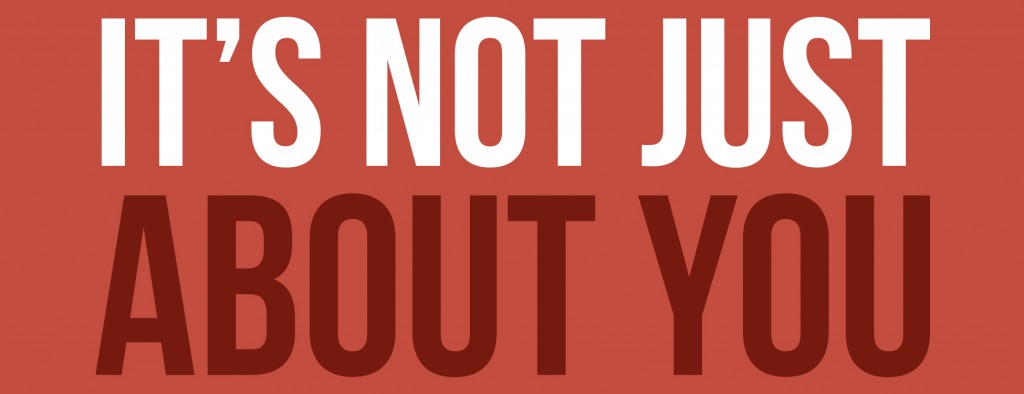
It’s Not Just About You
It is important to define your brand and give it a story so that your customers have a personal stake in it. Modern marketing is going through a transformation. Passive campaigns are on the outs; today’s consumer needs to be engaged with your brand and your products through social media and other interactive content.
Businessoffashion.com observes: “Before marketing your brand, it is crucial to define what it is — and what it isn’t. In the (simplest) form, brands should think about key descriptions of any design or aesthetic features, define their pricing or market segments, and identify exactly who their customer is, factoring in elements like gender, age, geography, interests and anything else that helps describe their lifestyle and preferences.”
They go on, saying, “By the end of this exercise you should be able to clearly articulate a simple brand equity statement in one or two sentences; for example: Brand X is a contemporary American work wear collection featuring traditional fits and luxury fabrics for professional women ages 40-50. Brand X is unique because it offers exceptional quality at accessible prices.”
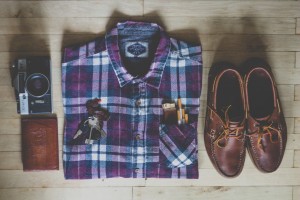 The key is to give your brand a value that goes beyond the price and quality. It has to have the “it” factor that transcends simply being an article of clothing with a brand name on it. It has to evoke a mood and a feeling, and it must validate their reasons for buying and wearing your brand.
The key is to give your brand a value that goes beyond the price and quality. It has to have the “it” factor that transcends simply being an article of clothing with a brand name on it. It has to evoke a mood and a feeling, and it must validate their reasons for buying and wearing your brand.
Businessoffashion.com continues, writing that “… price is not only a reference to the nominal amount of money being charged for a product. It can also refer to the ‘value equation’ that the brand creates in a consumer’s mind. For a price being paid, what qualitative benefits and functional utility is the consumer getting in terms of design, quality, goodwill?”
In the 1980s, wearing brand names was in full swing. Brands such as Polo, Generra, Ocean Pacific, and Guess were on the backs of millions of consumers. The quality of the garments was certainly above average, but each of these brands reached beyond being a simple article of clothing. They connected on a personal level. They afforded the wearer a certain status among their peers, particularly those in grade school.
If you wanted to be “cool,” you wore “Brand X,” because “Brand X” was the highest quality of clothing you can buy and wear. Each item of clothing was created, packaged, and sold as a representation of the desired feeling its consumers were looking for.
Xpresalabels.com says, “Product packaging is important even when people do not realize the importance it has. The way you pack your product when giving it to customers says a lot about your business and the attention you give to minute details. Even packaging care needs to be taken that the personalized label design is in the forefront. It is a great way to create the best impression about your business and market it at the same time.”
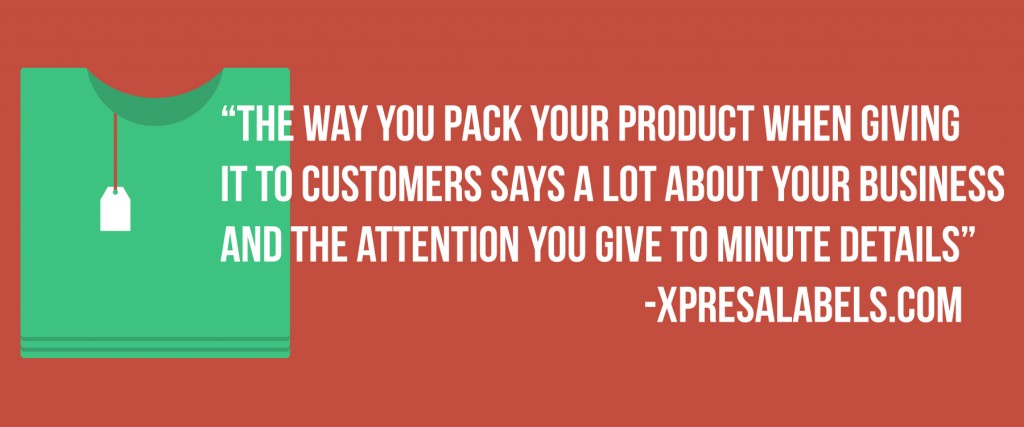
The face of marketing is changing, and the internet age has forced a radical paradigm shift for marketers and an enormous overhaul for their efforts in getting their brands in the minds of consumers. One marketing tool that will probably never lose favor is using clothing as a tool to sell your brand to people.
When your brand appeals to the masses enough for them to buy clothing bearing your name, you have a winning product that will proudly be worn by consumers for years to come. Which, in turn, will provide you with free visual and word-of-mouth marketing wherever your clothing is worn.


